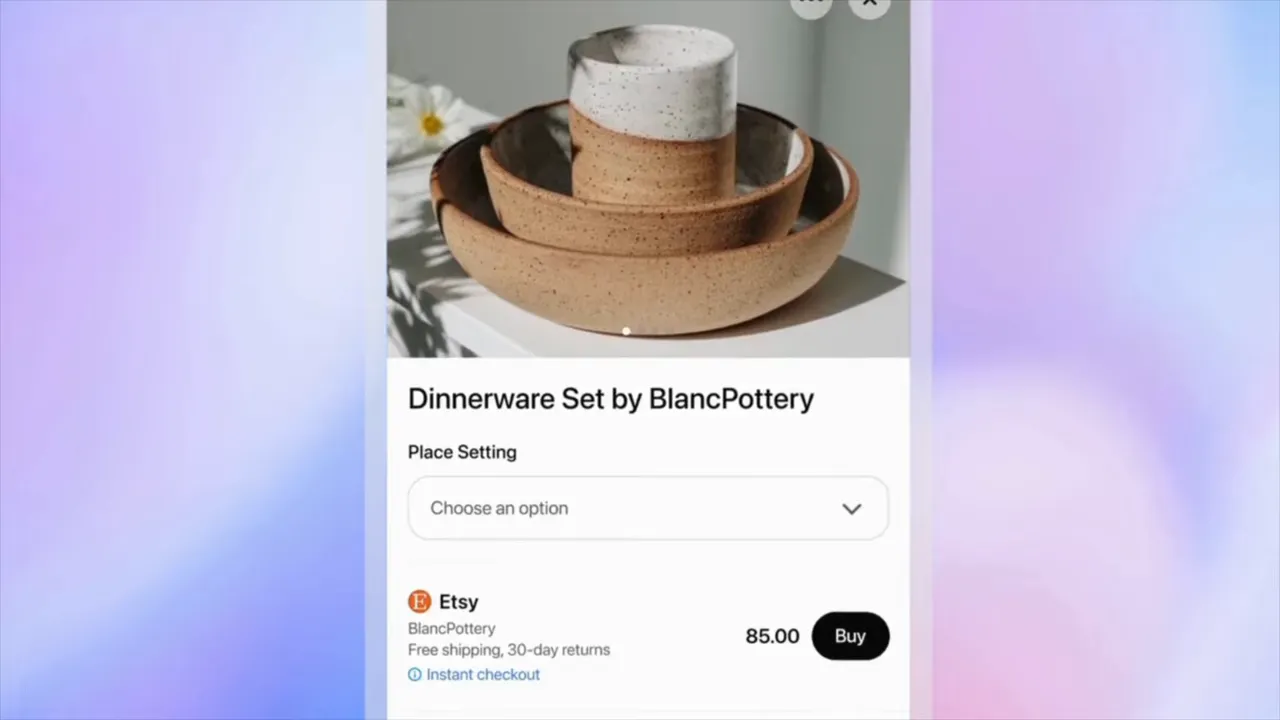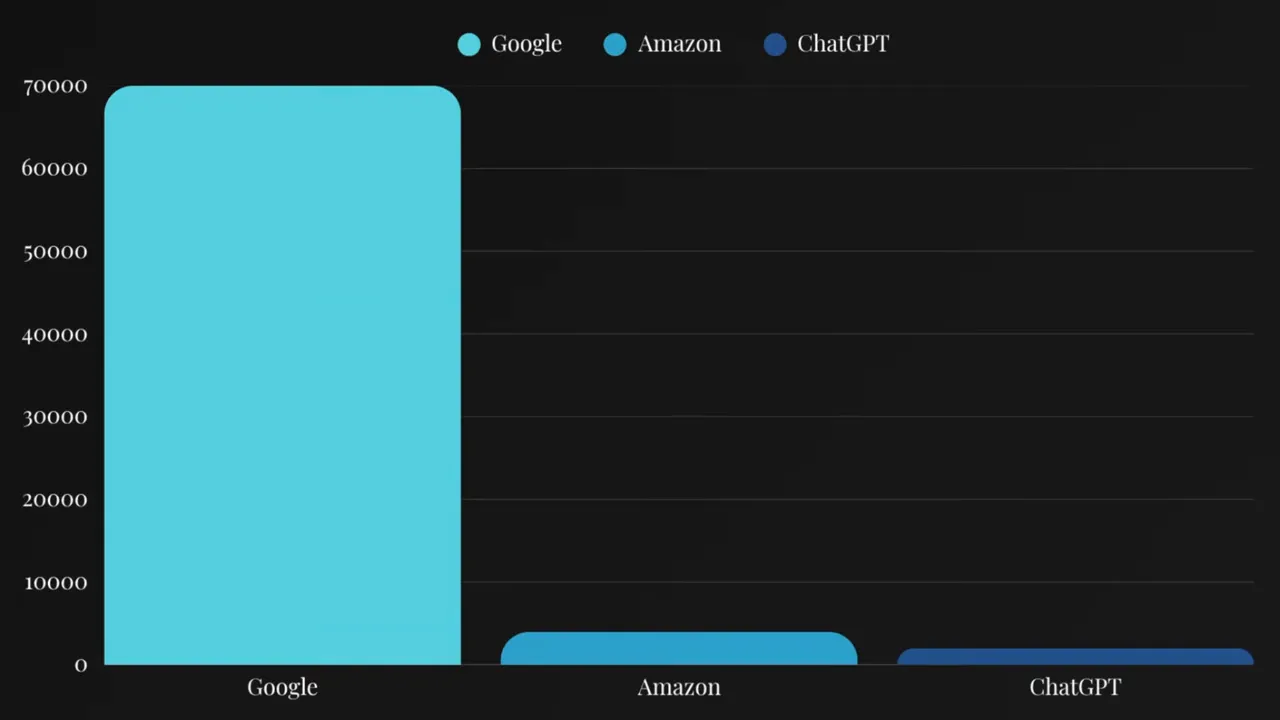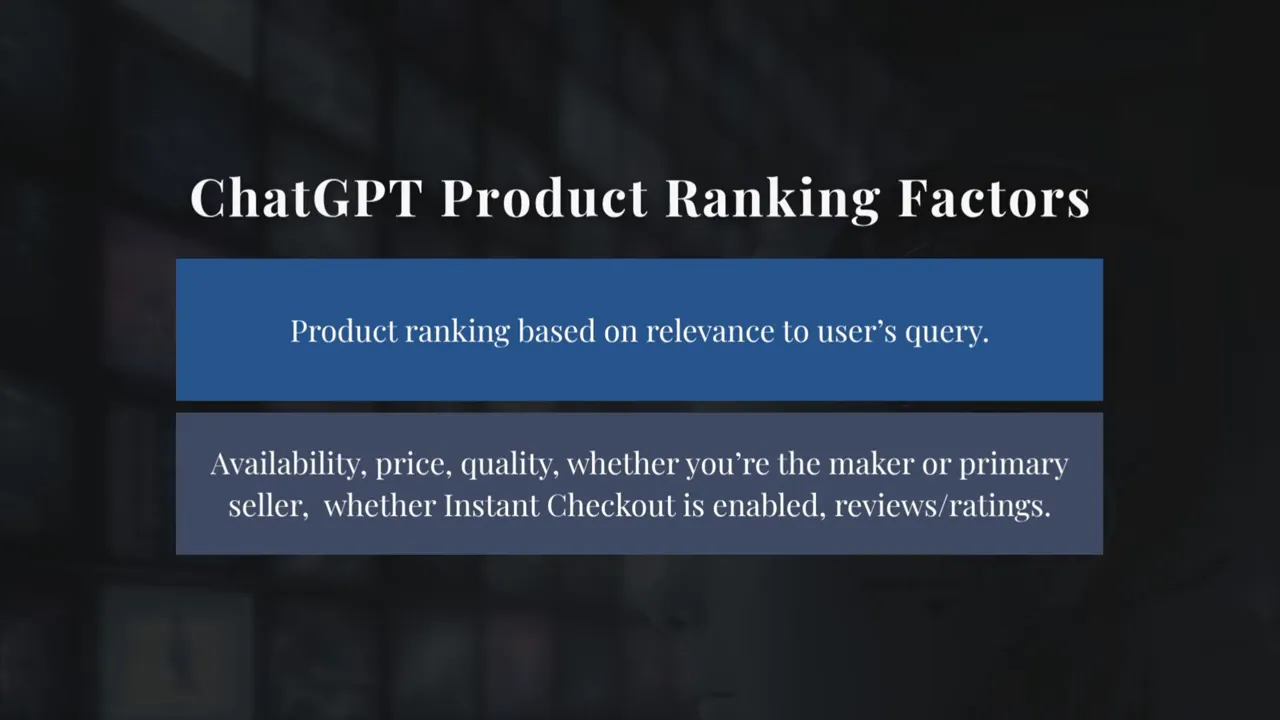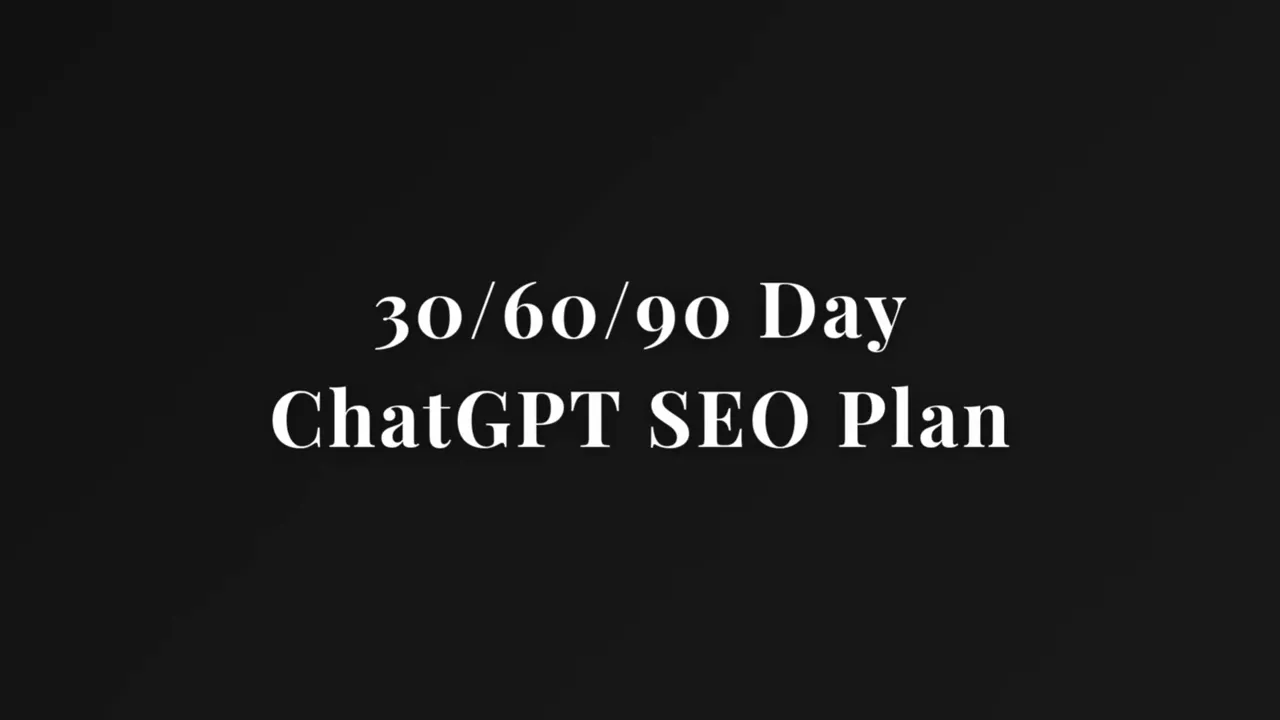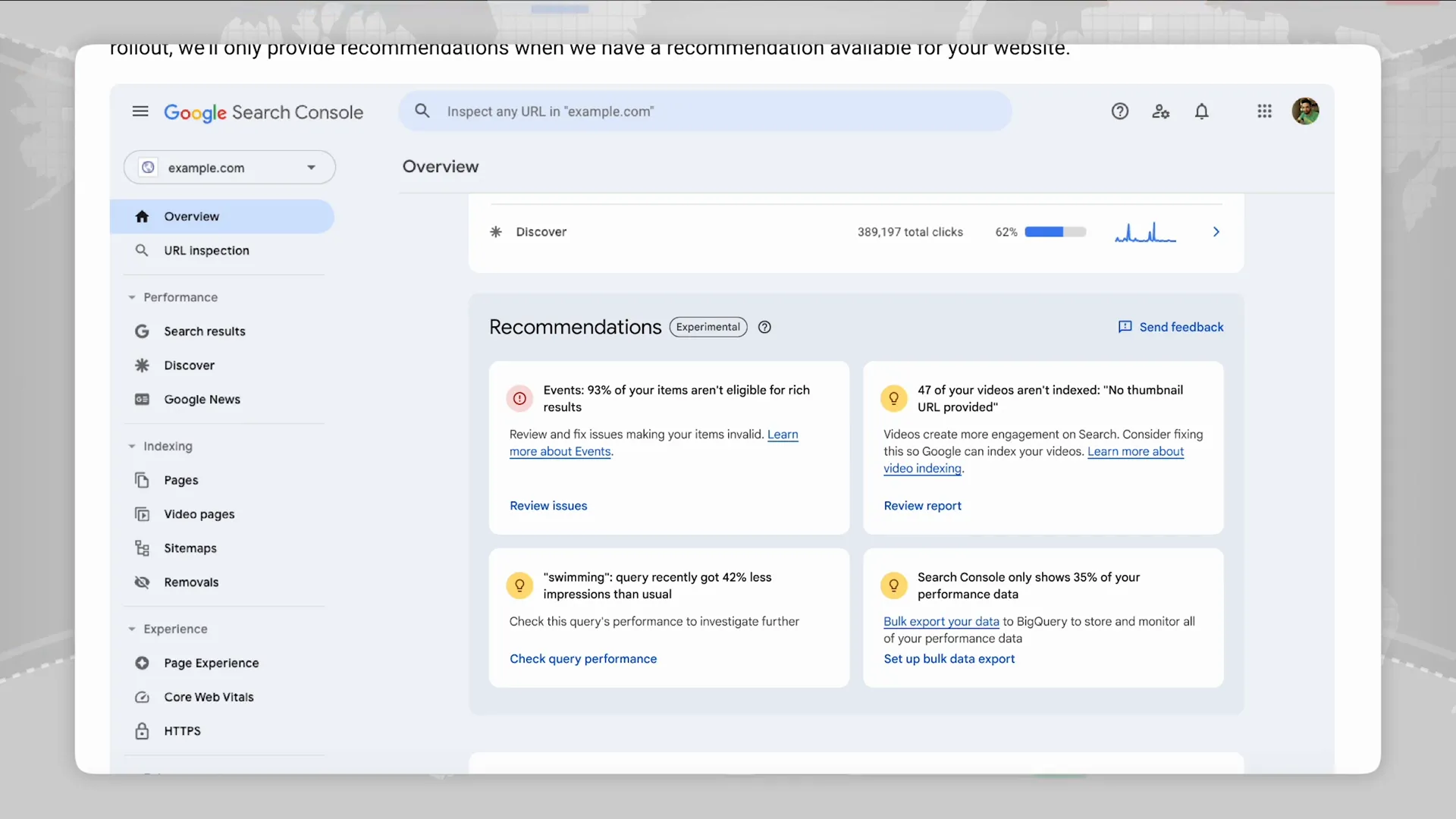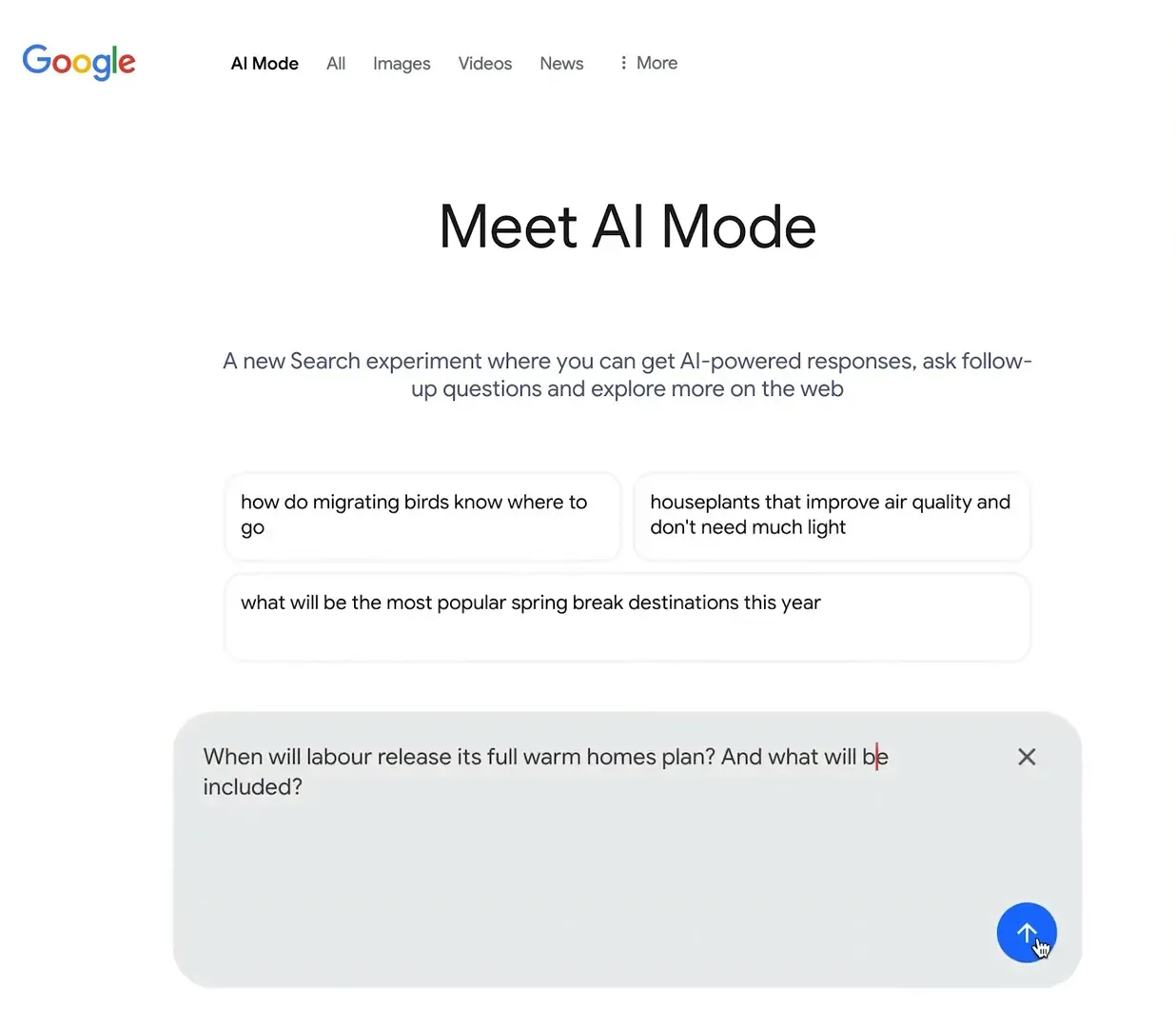[digitalreach_llm_summary]
TL;DR: ChatGPT now shows shoppable product results and in-chat checkout. Hawaii small businesses must prepare product feeds, optimize NLP-friendly content, surface reviews, and enable instant checkout where possible to capture customers inside AI assistants.
Table of Contents
- 1. What changed: assistant-first shopping arrives
- 2. Why this matters — real numbers and local impact
- 3. How ChatGPT selects and ranks products — two layers you must know
- 4. The 30/60/90-day action plan for Hawaii small businesses
- 5. Three predictions — prepare now, benefit later
- FAQ — What Hawaii businesses ask most
- Closing: Be present where shoppers are going
1. What changed: assistant-first shopping arrives
For years, locals and visitors in Hawaii have turned to Google to search, compare, and buy — from surfboard rentals on Oahu to handmade aloha shirts on Kauai. That user journey is being disrupted. ChatGPT can now return product carousels from across the web and, in some cases, let users buy directly in the chat via instant checkout.
That means a user might ask ChatGPT for “best snorkeling gear for Maui” and get a list of gear plus a carousel of products with a buy button — all without a traditional search engine or marketplace listing getting the click. Right now the feature is limited (Etsy availability for instant checkout is an example), but the direction is clear: keep users inside the assistant.
2. Why this matters — real numbers and local impact
ChatGPT reportedly handles about 1.8 billion commercial queries per month, edging out marketplaces like eBay and Walmart in commercial query volume. But Google still dwarfs everything: even if only ~14% of Google searches are commercial, that’s roughly 70 billion commercial searches monthly.
For Hawaii businesses, the takeaway is simple: you can’t ignore ChatGPT, but you also shouldn’t abandon Google. Tourists planning a trip to Hawaii will use many touchpoints — Google Maps, hotel sites, social platforms — and now AI assistants too. The opportunity is to be discoverable across all of them, especially inside assistant-driven shopping experiences that could capture high-intent buyers before they ever visit your website.
3. How ChatGPT selects and ranks products — two layers you must know
ChatGPT’s shopping output is governed by two interconnected layers:
- Product ranking (organic relevance): Results are selected based on how relevant the product is to the user’s query — similar to traditional search ranking. There’s no paid boost at scale yet.
- Merchant selection (when multiple sellers list the same product): Signals like availability, price, quality, whether you’re the maker/primary seller, and whether instant checkout is enabled determine which merchant gets shown.
Practical implications:
- Ship a clean product feed with required fields. If you don’t provide a feed, you won’t appear in many assistant shopping results.
- Surface reviews, popularity, and return-rate data where possible — ChatGPT recommends merchants share these trust signals.
- Optimize category and product pages for natural language understanding (entities, attributes, modifiers, intent phrases) so AI retrieval systems can map queries to your pages.
4. The 30/60/90-day action plan for Hawaii small businesses
Below is a simple, practical roadmap tailored for island-based businesses — retail shops, surf instructors, bed-and-breakfasts, tour operators, plumbers, and local artisans.
- Days 0–30 — Get into the ecosystem
- Apply on the ChatGPT merchants (or equivalent) page and submit a clean product feed with required fields (title, description, price, SKU, availability, images, GTIN/MPN if available).
- Audit and collect reviews: ask satisfied customers for short, specific reviews that highlight product attributes (e.g., “waterproof snorkel mask, Maui reef-safe”).
- If you need help, consider working with a local agency like Digital Reach (digitalreach.co) to prepare feeds and structure product data for AI ingestion.
- Days 31–60 — Operationalize price & stock updates
- Automate frequent feed refreshes so price and stock are accurate in assistant results. Nothing loses trust like a sold-out tag after a buyer clicks “buy.”
- Integrate reviews and quality signals into your feed where possible.
- Start rewriting category pages and product descriptions to be AI-NLP friendly (not stuffed). Tools like Rankability’s content optimizer can help rewrite pages for entities, attributes, modifiers, and intent phrases.
- Days 61–90 — Enable faster buying & test checkout flows
- If your operations allow, enable instant checkout options (marketplace or direct-integration) to reduce friction for users who want to buy inside the assistant.
- Test the full experience: search intent queries, product carousel visibility, checkout flow, and returns handling — especially important for businesses dealing with tourists who expect simple returns.
- Measure: track product impressions inside assistant reports, and tie those back to revenue and conversion rates.
5. Three predictions — prepare now, benefit later
These trends will shape the local market in the next 12–24 months. Use them to prioritize investments.
- Prediction 1: A wave of AI shopping experiencesOther AI platforms (Perplexity, Bing’s AI layers, etc.) are already adding shopping features. Expect many assistants to offer product discovery and purchase without directing users to Google or large marketplaces.
- Prediction 2: Local services will be nextRight now the focus is product shopping, but the same model will extend to local services: plumbers, electricians, surf lessons, and tour booking. Imagine ChatGPT providing a list of Rice Krispies-scented luaus or a local plumber, with booking directly inside the assistant.
- Prediction 3: Better carts, payments, and international expansionExpect multi-item carts, more payment methods, and expanded country support. Assistants will aim to keep shoppers inside the experience for discovery, purchase, and aftercare.
Local examples — how island businesses can act today
- Hawaii surf shops: submit your product feed for boards, wax, and rentals. Add clear attributes (size, skill level, reef-safe) so AI can match intent queries like “beginner surfboard for Waikiki.”
- Bed-and-breakfasts and tour operators: prepare to add service feeds. Start by structuring offering pages with clear entity attributes — duration, group size, cancellation policy — so AI can convert on booking intent.
- Local artisans and marketplaces: prioritize reviews and primary seller designation. If you’re the maker, highlight “handmade in Hawaii” as a primary attribute.
FAQ — What Hawaii businesses ask most
Q: Will ChatGPT replace Google for my business?
A: No — not yet. Google handles far more commercial searches overall. But ChatGPT is growing fast and captures a meaningful share of discovery and purchase intent. The best approach is to optimize for both: keep your Google presence strong and prepare for assistant-based shopping.
Q: Do I need a special platform or partner to submit a product feed?
A: You’ll usually need to register as a merchant on the assistant’s merchant page and provide a structured product feed (CSV, XML, or via API). Many ecommerce platforms and marketplaces support feed exports. If you’re unsure, local agencies like Digital Reach (digitalreach.co) can help implement feeds and set up automated refreshes.
Q: Does ranking well in Google help me appear inside ChatGPT?
A: Indirectly. Well-ranked pages are typically authoritative and structured, which helps AI retrieval systems surface them. However, assistant shopping relies heavily on structured product feeds and trust signals (reviews, returns, availability). So focus on both SEO-friendly pages and clean product feeds.
Q: What are the most important trust signals for assistants?
A: Reviews, ratings, return rates, seller reputation, and whether you are the primary seller or maker. ChatGPT’s specs encourage merchants to share these. For Hawaii businesses, highlighting local authenticity and quality (e.g., “locally made on Maui”) can be a strong differentiator.
Q: Should I enable instant checkout?
A: If operations allow, yes. Instant checkout reduces friction and improves merchant selection for assistant shopping. Start small (single-item instant checkout) and expand as the platform supports carts and bundles.
Closing: Be present where shoppers are going
Assistant-first shopping is real, and it’s not a distant future — it’s happening now. For Hawaii small and mid-sized businesses, that means preparing feeds, curating reviews, optimizing product and category pages for NLP, and testing checkout experiences. Getting in early can help you capture bookings and sales from both locals and tourists who prefer concise, assistant-based shopping experiences.
Need help? Consider partnering with a local agency that understands Hawaii’s market and technical requirements — for example, Digital Reach (digitalreach.co) — to implement feeds, optimize content (entity-driven and NLP-ready), and automate updates.
